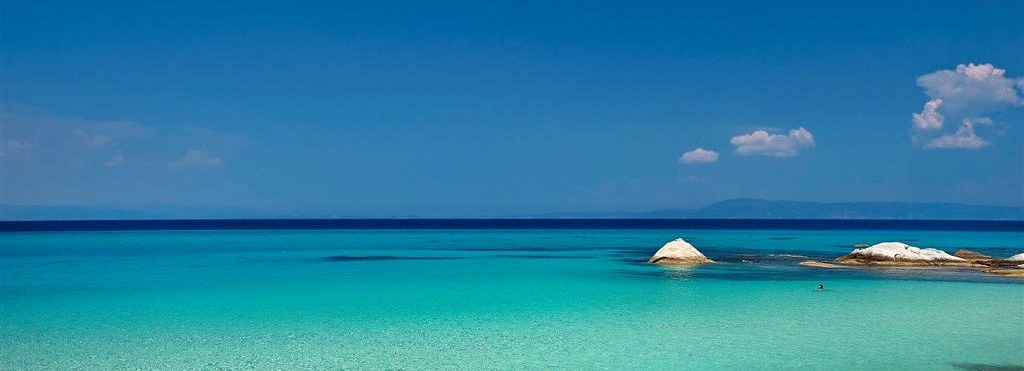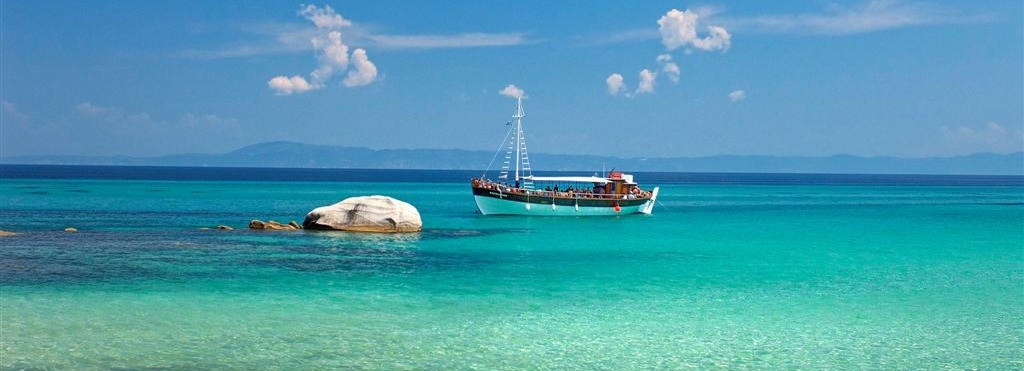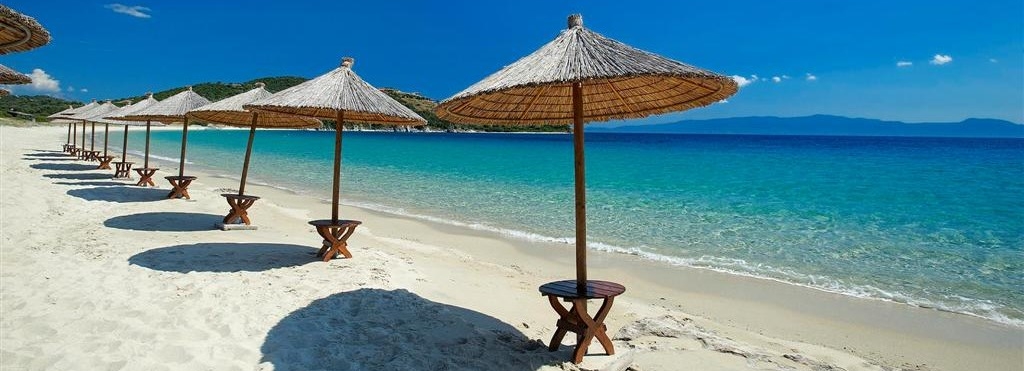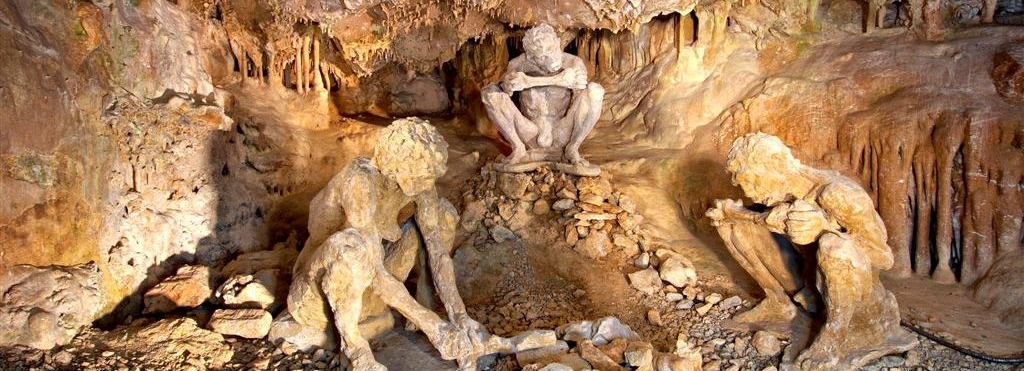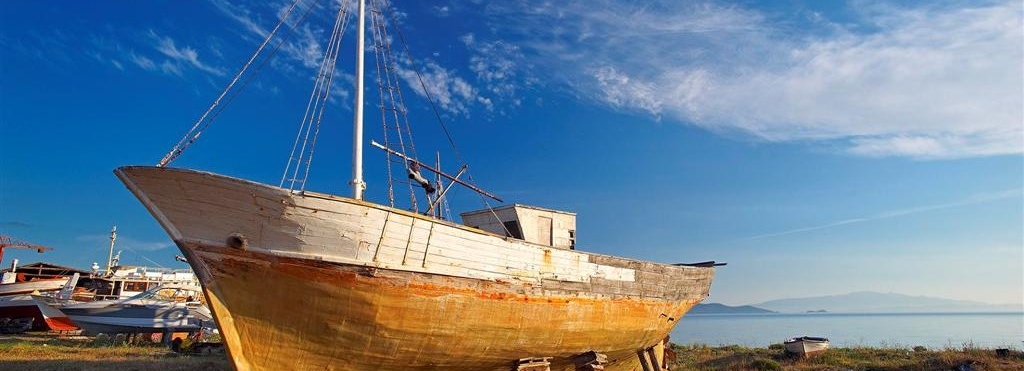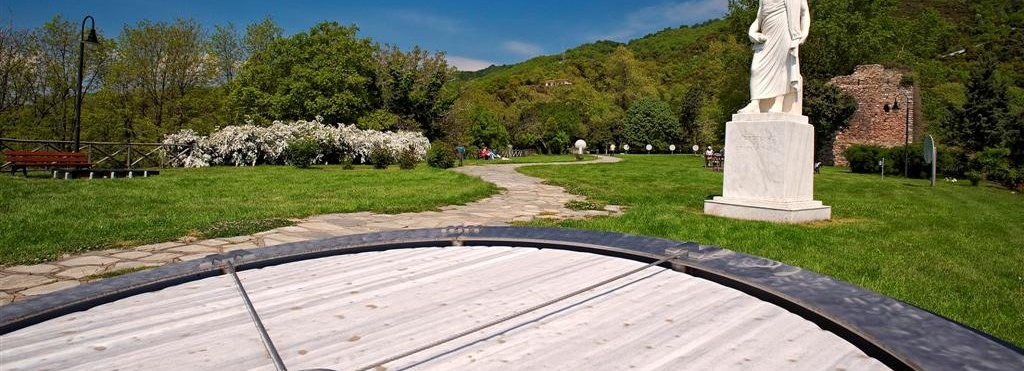Polygyros Archaeological Museum
The Museum in Polygyros is home to representative archaeological findings from across Halkidiki, which illustrate the important cultural history of this land from the Prehistoric Era. On display in the Museum’s antechamber are various inscribed and embossed monuments dating from the Classical and Hellenistic era: the inscribed testimonies originate from tombstones, marble or limestone, but also from stone faces where contracts for the sale and purchase of houses and vineyards have been engraved. Worth mentioning is also part of a dedicatory relief from Potidaea dating from the 4th century BC. The picture is completed by characteristic products of the local illustrated and unadorned pottery, as well as foreign – imported from Attica and Korinthos, which are flanked by bronze and silver jewelry. They date to the archaic and classical periods and come from private collections – donations by lovers of antiquity in Polygyros. An incomplete kouros (statue of a young man) from the sea of Olympiada (ancient Stageira) is representative of archaic era sculpture in Halkidiki. The findings from the excavations at Toroni date back to the Bronze Age and the sub-Mycenaean period, but most of them originate from the Protogeometric period. Just two pottery samples belong to the classic era. Pottery and metalworking products (weapons and jewelry) of the late-archaic and classical eras have been found mainly in tombs in various areas in Halkidiki, such as in Kastri, Polygyros, in Afytos and in Neos Marmaras, in Plana and in Pyrgadikia. From the expansive burial grounds of ancient Akanthos in Ierissos originate some distinctive aggregations of burial offerings dating from the Archaic up to the Hellenistic period. The dead were accompanied in their journey to the underworld by earthen vessels, statuettes and personal articles, such as previous jewelry, bronze and golden ones, representative samples of the work of renowned Macedonian goldsmiths. The visitor will have a more thorough view of human activity and its accomplishments in antiquity from the findings of Olynthos, the only city in Halkidiki parts of which have undergone extensive and systematic excavations. A site inhabited already by the later New Stone and Copper Age, like its neighboring settlement of Agios Mamantas, it offers general information regarding the art of these periods, but also and more specifically on the history and art of the archaic and classical Olynthos, the city-state with a multifaceted activity in the spheres of public and private life. Originating from the sanctuary of Zeus Ammon in ancient Afytios, present day Kallithea, and on display at the museum are earthen parts from the temple’s roof, adorned with inscribed and embossed decorations, a marble head of Dionysus and fragments from vessels with surviving inscriptions. The two burial statues dating from the Roman era (1st century BC) originate from a burial monument found in Stratoni. The exhibition is complemented by sketches and photographic material. The private collection donated by Lampropoulos’ family to the Archaeological Museum in Polygyros is exhibited in a special hall of the museum.
Visitors are allowed to take pictures using portable cameras with no flash. With a special permit one can use tripod, flash and shoot video.
Open daily, except Mondays, from 08:30am until 15:00pm.
Operational Unit: 16th Ephorate for Prehistoric and Classical Antiquities
Postal Code: 631 00, Polygyros,
Tel: 23710 22148
Ε-mail: Această adresă de email este protejată contra spambots. Trebuie să activați JavaScript pentru a o vedea.
